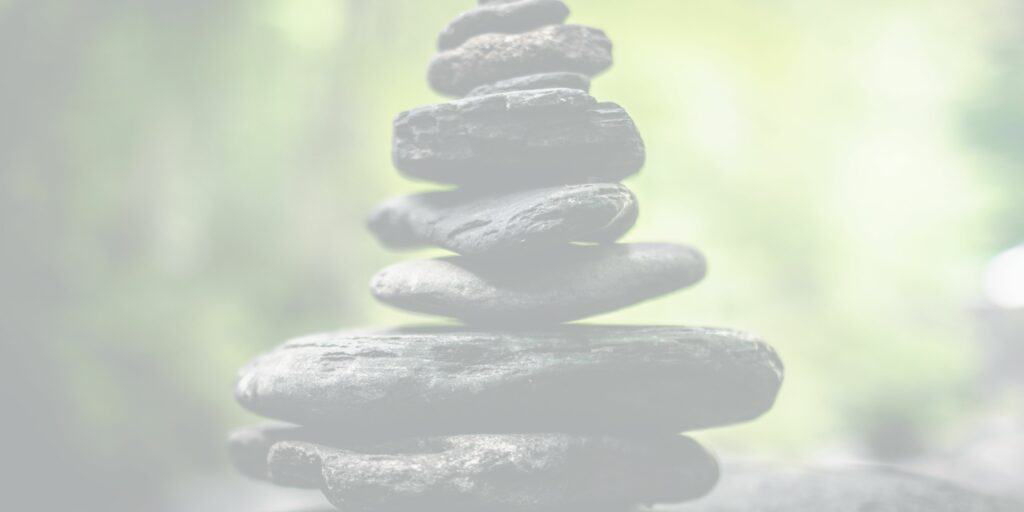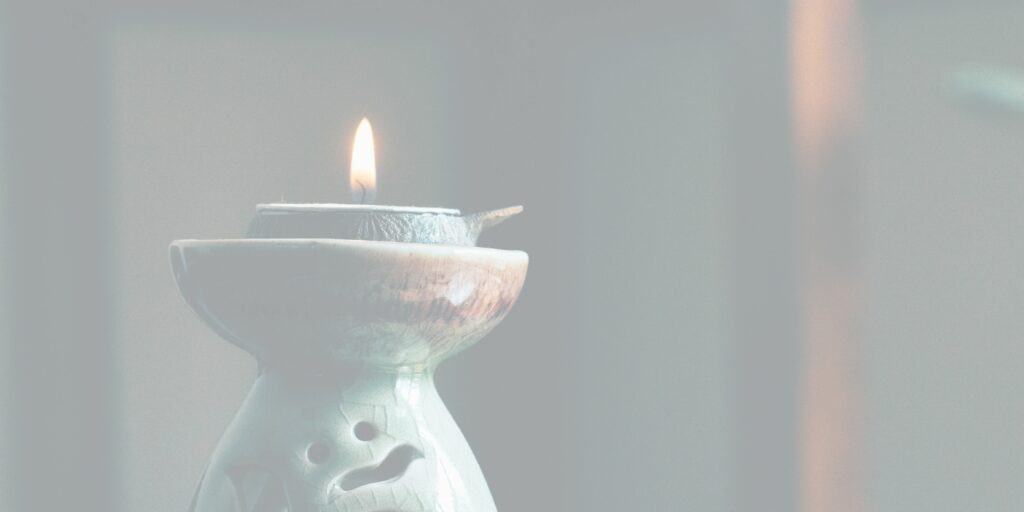A Mini Guide to Stress Reduction
and Crafting Your Stress-Free Sanctuary
In the relentless rhythm of modern life, where the demands of work and the internal pressures we face converge, stress emerges as a formidable force, disrupting our physical and mental equilibrium. Yet, within this chaos resides a treasure trove of techniques and tools that serve as potent antidotes to the pervasive grip of stress.
It’s imperative to acknowledge that the impact of stress is deeply personal, with individuals wielding distinct coping mechanisms and resilience levels. While a certain degree of stress is inherent, chronic or severe stress can unfurl significant consequences. The pivotal need to manage stress through holistic strategies – encompassing exercise, mindfulness, social support, and timely professional intervention – becomes paramount for sustained well-being.
This blog journey we’ll explore:
- The nuanced difference between good and bad stress
- The profound repercussions of chronic or acute stress
- Holistic stress reduction strategies toolkit to navigate life’s challenges with resilience and tranquillity.
- Ideas for Crafting Your Stress-Free Sanctuary
For those grappling with stress or those supporting someone in the throes of it, seeking guidance from healthcare professionals or mental health providers is not just advisable but a crucial step toward restoration and support.

Harmonizing the Symphony of Stress: Good vs. Bad
Stress, a dynamic and intricate phenomenon, manifests differently for each individual. Within its realm, a dichotomy emerges – good stress, a motivational force (eustress), and its counterpart, bad stress, a debilitating force (distress).
Let’s unravel this duality:
.
Good Stress (Eustress):
Definition:
-
- A positive, motivating force propelling individuals to meet challenges, achieve goals, and enhance performance.
Characteristics:
-
- Typically short-term, manageable, and associated with positive experiences or excitement.
- Arises from situations like starting a new job, getting married, taking on a challenging project, or engaging in exhilarating activities.
Effects:
-
- This leads to increased focus, motivation, and a sense of accomplishment
- Considered beneficial for personal growth and development
Bad Stress (Distress):
Definition:
-
- Negative stress resulting from excessive or prolonged exposure to challenging situations, often beyond one’s coping ability.
Characteristics:
-
- Chronic, overwhelming, and detrimental to physical and mental well-being.
- Arises from work-related pressures, financial difficulties, relationship problems, or chronic health conditions
Effects:
-
- Culminates in a range of health problems, including anxiety, depression, cardiovascular issues, and compromised immune function

The Symphony of Stress: Physiological Echoes
Stress triggers the intricate “fight-or-flight” response involving the release of hormones like adrenaline and cortisol. While crucial for short-term challenges, chronic stress can perpetuate these responses, leading to various health issues.
.
Activation of the Sympathetic Nervous System (SNS):
- Release of Stress Hormones: Adrenaline and norepinephrine prepare the body for immediate action, impacting heart rate, airways, and blood flow.
Release of Cortisol:
- Regulation of Processes: Cortisol, released through the hypothalamus-pituitary-adrenal (HPA) axis, affects metabolism, blood sugar, and immune function.
- Long-Term Effects: Elevated cortisol levels due to chronic stress may contribute to immune suppression, weight gain, and disrupted sleep patterns.
Cardiovascular, Respiratory, and Muscular Changes:
- Increased Heart Rate and Blood Pressure: Preparing the body for physical exertion.
- Respiratory Changes: Rapid breathing in chronic stress can cause respiratory issues
- Muscle Tension: Chronic tension contributes to headaches, migraines, and musculoskeletal pain.
Digestive and Immune System Responses:
- Digestive Changes: Diverting blood flow away from the digestive system, potentially causing issues like indigestion.
- Immune System: Persistent stress debilitates the immune system, rendering it less effective and heightening infection vulnerability.
Impact on Reproductive System:
- Temporary Suppression: Stress can temporarily suppress reproductive functions, contributing to menstrual irregularities and fertility issues.
Neurotransmitter Changes:
- Brain Chemistry Influences: Stress influences neurotransmitters like serotonin and dopamine, potentially contributing to mood disorders.
Emotional and Mental Well-being Impact
.
Mental Health Challenges:
- Increased Risk: Chronic stress is a significant risk factor for mental health disorders like anxiety, depression, and PTSD
Sleep Disturbances:
- Stress interferes with sleep patterns, exacerbating the cycle of chronic stress
Cognitive Impairment:
- Prolonged stress may negatively impact memory, concentration, and decision-making
Emotional Impact:
- Mood Swings: Chronic stress leads to heightened emotional responses and irritability.
- Burnout: Prolonged exposure without coping mechanisms can result in emotional exhaustion and detachment.
- Decreased Resilience: Continuous stress weakens resilience, increasing susceptibility to setbacks.
Behavioural Changes:
.
Substance Abuse:
- Maladaptive coping may lead to substance use, compounding mental health challenges.
Eating Habits:
- Stress influences eating behaviours, potentially contributing to nutritional imbalances.
Risk-Taking Behavior:
- Some individuals engage in risky behaviours as a coping mechanism.
Social and Relationship Impact:
.
Isolation:
- Chronic stress can lead to social withdrawal, reducing opportunities for support.
Conflict in Relationships:
- Stress strains relationships, leading to communication breakdowns.
Work and Academic Performance:
- Decreased Productivity: Impaired concentration results in reduced productivity
- Absenteeism: Chronic stress may increase absenteeism due to physical and emotional tolls
Additional Physiological Impacts
.
Accelerated Aging:
- Telomere Shortening:
- Chronic stress is linked to accelerated cellular aging and shortened telomeres
Metabolic and Inflammatory Effects:
- Insulin Resistance: Prolonged stress may lead to insulin resistance and elevated blood sugar.
- Inflammation: Chronic stress contributes to systemic inflammation linked to various health conditions.
Weight, Digestive, and Hormonal Changes:
- Weight Gain: Stress may contribute to overeating and changes in metabolism.
- Gastrointestinal Issues: Stress can contribute to problems like acid reflux and ulcers.
- Hormonal Imbalances: Stress disrupts various hormonal systems, potentially leading to imbalances.
Bone Health and Wound Healing:
- Weakened Bone Density: Chronic stress has been linked to decreased bone density.
- Stress can impede the natural course of wound healing, slowing the overall process.
Recognizing the interconnected nature of these physiological responses to stress is vital. While a natural part of the human experience, chronic stress without effective coping mechanisms can contribute to health problems. Managing stress through lifestyle adjustments and seeking professional help is advisable to promote overall well-being.

Crafting Serenity:
Strategies for Stress Reduction
Embarking on the path to stress reduction can be daunting, yet making activities accessible and appealing is vital.
Presented below are practical strategies to serve as a guide.
Commence with Small Steps:
- Initiate change with small, manageable steps.
- Gradually weave stress-reducing activities into your routine for sustainable progress.
Establish Realistic Goals:
- Set achievable goals to avoid overwhelm.
- Celebrate small victories for a positive outlook and reinforce motivation.
Confront Barriers:
- Identify obstacles hindering engagement.
- Develop effective strategies for overcoming or navigating them.
Explore a Variety of Techniques:
- Dive into the array of stress management techniques available.
- Experiment to find what resonates best with you.
Opt for Enjoyable Activities:
- Select stress-reducing activities that bring joy.
- Delightful activities are more likely to become enduring habits.
Harness the Power of Connection:
- Leverage social support by engaging with friends, family, or support groups.
- Shared experiences enhance enjoyment and bolster motivation.
Prioritize ‘Me Time’:
- Carve out dedicated time for stress reduction.
- Treat it as a non-negotiable appointment with yourself, prioritizing self-care.
Reflect on the Positive Impact:
- Consider the potential benefits of stress reduction.
- Reflecting on positive impacts reinforces motivation.
Seek Professional Support:
- Persistent resistance may require professional assistance.
- Mental health professionals provide tailored guidance and strategies.
Cultivate Mindful Awareness:
- Practice mindful awareness of thoughts and feelings related to stress.
- Acknowledge resistance without judgment, gently exploring ways to shift your mindset.
Craft a Supportive Environment:
- Make changes to your surroundings to promote stress reduction.
- Cultivate a calm space, minimize distractions, and incorporate elements fostering relaxation.
Remember, overcoming resistance is a gradual process. Consistency is vital, and personalization is crucial. Seek assistance from friends, family, or mental health professionals if navigating independently becomes challenging.

Blueprint for Your Stress-Free Sanctuary:
Creating a haven of tranquillity is crucial for fostering well-being and seeking refuge from life’s pressures. Additionally, incorporating elements of ‘good enough’ stress-free practices contributes to a balanced and relaxed environment.
Your sanctuary is a personal haven where tranquillity reigns, providing solace and rejuvenation.
Let’s delve into the art of crafting your stress-free sanctuary:
Physical Environment:
- Declutter: Create a clean and organized space. Clutter can contribute to mental clutter, amplifying stress.
- Set aside time for regular decluttering sessions to maintain a serene environment.
- Comfortable Furnishings: Invest in comfy furniture and soft textures to enhance relaxation.
- Natural Elements: Integrate natural elements like plants or natural light to create a calming atmosphere.
Ambiance and Atmosphere:
- Soft Lighting: Use warm lighting to create a cozy and calming ambiance.
- Aromatherapy: Incorporate calming scents through essential oils, candles, or incense.
- Soundscapes: Choose soothing sounds or music to enhance the auditory environment.Technology Detox Zone:
- Limit Electronics: Designate your sanctuary as a tech-free zone or limit the use of electronic devices.
- Digital Detox: Take breaks from screens to reduce mental fatigue.
- Designate specific hours or days for a technology detox within your sanctuary to encourage mental rejuvenation.
Comfort and Coziness:
- Soft Furnishings: Add plush pillows and blankets for comfort.
- Personalized Touches: Decorate with items with positive memories or personal significance.
- Modify your sanctuary based on seasons, incorporating elements like seasonal scents or decor to stay attuned to nature’s rhythm.
Functional Layout:
- Create Zones: Designate areas for specific activities, such as reading, meditation, or relaxation.
- Flow and Accessibility: Arrange furniture to allow for easy movement and access.
Mindfulness Corners:
- Meditation Space: Set up a dedicated corner for mindfulness and meditation.
- Mindfulness Practices: Regularly engage in mindfulness practices within your sanctuary to reap the mental and emotional benefits.
- Reflective Area: Create a space for self-reflection with a journal or inspirational quotes.
Sensory Engagement:
- Textures and Fabrics: Include a variety of textures in furnishings to engage the sense of touch.
- Visual Appeal: Decorate with soothing colours and visually pleasing elements.
Holistic Wellness Stations:
- Reading Nook: Establish a comfortable space for reading to unwind the mind.
- Tea or Coffee Station: Create a corner for your favourite beverages to promote relaxation.
- Establish a calming ritual, such as brewing a cup of tea or engaging in a
few minutes of deep breathing, to signal the transition into your
sanctuary.
- Establish a calming ritual, such as brewing a cup of tea or engaging in a
- Stretching or Yoga Area: Designate a spot for gentle exercises to release tension.

Conclusion: Resilience
.
I understand that managing stress can be a difficult and ongoing journey. It requires you to explore what brings you peace and commit to nurturing your well-being amidst life’s ups and downs.
Unwinding, unplugging, and harnessing the transformative power of stress reduction can help you live a life filled with resilience, tranquillity, and a renewed sense of self. I know crafting your stress-free sanctuary is a design choice and an investment in well-being. Each component contributes to the holistic balance of your sanctuary, creating a haven that shields you from outside pressures.
Remember, creating your stress-free sanctuary is a dynamic process, and taking it one step at a time is okay. I encourage you to listen to the evolving needs of your mind and soul, adjusting and refining your sanctuary to suit your ever-changing self. With each carefully chosen element, you incorporate tranquillity to support you in navigating life’s challenges with resilience and grace.
In my next blog, I’ll share 20 Quick Somatic Stress Relief Exercises to try! Can’t wait? No worries! I included a nice list of Nervous System Regulation exercises and ideas in my blog about Courageous Conversations. Feel free to check them out here!
